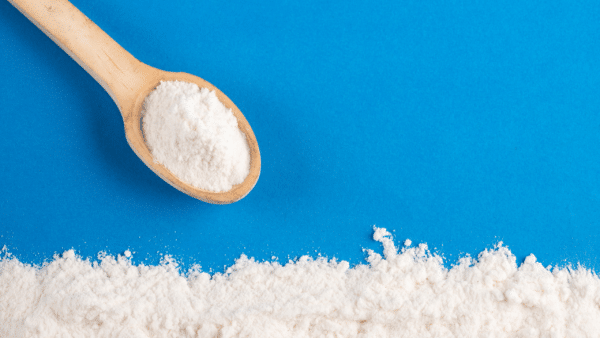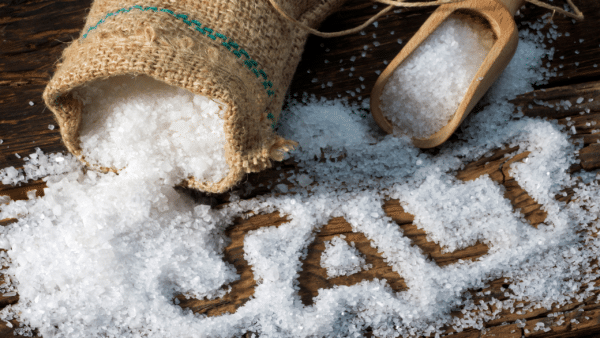Ever felt like something was off but couldn’t quite put your finger on it? It could be your body’s way of whispering, “Hey, we might have a salt issue here.” Hyponatremia, or low blood sodium, is the body’s SOS signal that the delicate balance it strives to maintain has been thrown off-kilter. But worry not, dear reader, as we embark on this salty saga together, you’ll become well-versed in spotting the signs, dodging the dangers, and maintaining the balance.

What’s the Deal with Sodium?
Picture sodium as the body’s meticulous accountant, diligently managing fluid balance and ensuring that everything from your blood pressure to your muscle function is in tip-top shape. A drop below the golden range of 135-145 milliequivalents per liter (mEq/L), and you’re in the land of hyponatremia. This isn’t just a trivial dip in numbers; it’s a sign that your body’s fluid balance is out of whack, causing cells to swell—a scenario we’d all like to avoid.

The Culprits Behind the Curtain
Hyponatremia doesn’t just appear out of thin air; it’s often the result of an intriguing mix of factors. Medications that play with your body’s sodium levels, chronic conditions affecting the heart, kidneys, or liver, and even lifestyle choices like downing too much water can lead to this imbalance. Yes, you read that right—too much of a good thing can sometimes be bad.

Spotting the Signs Early
Our bodies have a knack for sending signals when things aren’t quite right. Nausea, headaches, muscle weakness, and confusion are your body’s way of raising the red flag. Ignoring these signs is like turning a deaf ear to a simmering pot on the stove—it’s only a matter of time before it boils over.
| Type of Blood Test | Test Type | Description |
|---|---|---|
| Heart Health | Lipid Panel, Cholesterol Tests, etc. | Tests to evaluate the risk of coronary heart disease, by measuring cholesterol levels and other factors. |
| Kidney Tests | BUN, Creatinine, eGFR, etc. | Tests to assess kidney function by measuring the levels of certain substances in the blood. |
| Liver Tests | Liver Enzymes, Bilirubin, Albumin, etc. | Tests to evaluate liver function and detect liver damage by measuring the levels of proteins, liver enzymes, and bilirubin. |
Steering Clear of Troubled Waters
Prevention is always better than cure, and when it comes to hyponatremia, this adage couldn’t be truer. Staying informed about the medications you’re taking, being mindful of your water intake, and listening to your body’s thirst cues are pivotal steps in keeping the balance just right.

The Bottom Line
Navigating the choppy waters of hyponatremia can be daunting, but armed with the right knowledge, you can maintain the balance and keep your body’s signals in harmony. Remember, your body is an intricate symphony, and sodium—well, it’s one of the key conductors. Ensuring it stays on beat is crucial to your overall well-being.
In this journey through the world of hyponatremia, we’ve uncovered the crucial role of sodium, explored the factors leading to its imbalance, and highlighted the importance of early detection and prevention. So, the next time you reach for that glass of water or ponder the mysteries of your body’s signals, remember the delicate dance of sodium and its paramount role in your health.